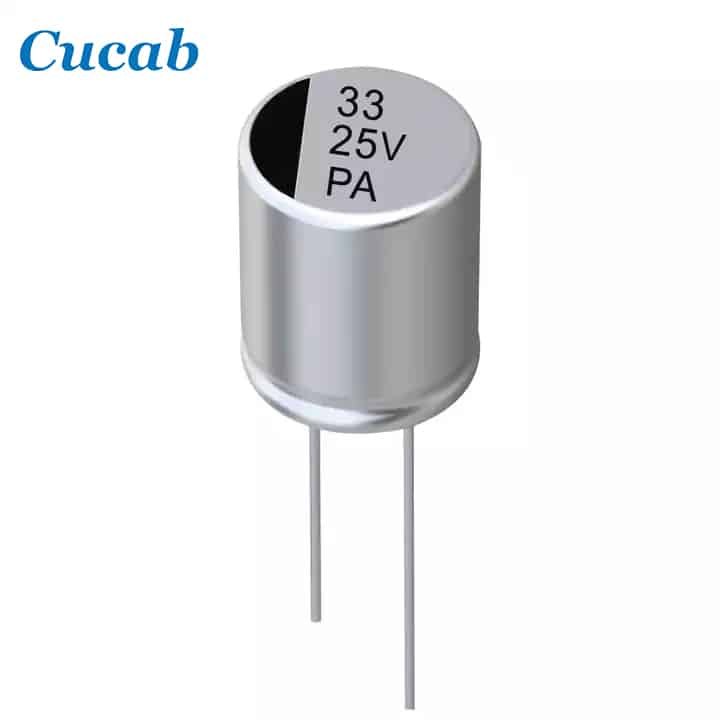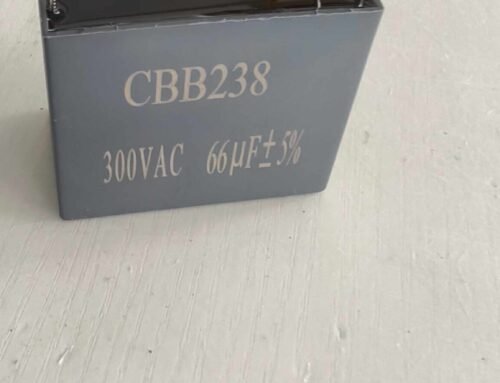Die Materialien für die Herstellung von Keramikkondensatoren werden aus Oxiden oder anderen Verbindungen hergestellt, die zu Rohlingen geformt und dann bei hoher Temperatur in der Nähe der Schmelztemperatur gebrannt werden. Dazu gehören in der Regel wichtige Prozesse wie die Zerkleinerung des Rohmaterials, die Aufbereitung des Schlickers, die Formung der Rohlinge und das Sintern bei hohen Temperaturen. Keramik ist ein komplexes polykristallines Mehrphasensystem, das im Allgemeinen aus einer kristallinen Phase, einer Glasphase, einer Gasphase und einer Phasengrenze besteht, die miteinander verflochten sind; die Merkmale, die Zusammensetzung, der relative Gehalt und die Verteilung dieser Phasen bestimmen die grundlegenden Eigenschaften der gesamten Keramik.
Die kristalline Phase in der Keramik bezieht sich in der Regel auf die verschiedenen Größen, Formen, zufällige Ausrichtung der Körner, der Durchmesser der Körner ist in der Regel ein paar Mikrometer Dutzende von Mikrometern. Die kristallinen Phasen können zu derselben Verbindung oder einem Kristallsystem gehören, oder sie können verschiedene Verbindungen oder verschiedene Kristallsysteme sein. Keramik klingen, wenn es zwei oder mehr Zusammensetzung und Struktur der verschiedenen Körner, heißt es, um polykristalline Phase Keramik, der relative Gehalt des Produkts Phase wird als die wichtigsten kristallinen Phase, die andere wird als die sekundäre Phase. Die Eigenschaften der kristallinen Hauptphase bestimmen im Wesentlichen die Leistung des Materials, wie die relative elektrische Konstante, die elektrische Leitfähigkeit, der Verlust und der Wärmeausdehnungskoeffizient. Um eine leistungsfähige Keramik zu erhalten, muss daher die geeignete kristalline Phase ausgewählt werden. Darüber hinaus sollten die Größe, Gleichmäßigkeit, Kornorientierung, Korngrenzenbildung und die Verteilung von Verunreinigungen in den Körnern berücksichtigt werden.
Hersteller von Keramikkondensatoren
Die intergranulare Grenze ist die Übergangszone zwischen zwei Körnern. In dieser Übergangszone unterscheidet sich die Integrität der Gitterstruktur oder die chemische Zusammensetzung erheblich von der des Kornkörpers. An der intergranularen Grenze sammelt sich in der Regel eine große Anzahl von Versetzungen, thermischen Defekten und Verunreinigungsdefekten, und hat daher einen erheblichen Einfluss auf die mechanischen und elektrischen Eigenschaften von keramischen Materialien.
Die Gasphase ist in der Regel an Korngrenzen, innerhalb rekristallisierter Kristalle und in der Glasphase verteilt und ist ein schwer zu vermeidender Teil der keramischen Struktur. Sie entsteht durch den Brennprozess zwischen den einzelnen Körnern und kann kein vollständig dichtes Mosaik bilden, die Glasphase kann die Hohlräume der einzelnen Körner auch nicht vollständig ausfüllen; sie kann auch durch die Freisetzung von Gas während des Sinterns des Rohlings und die Bildung von Poren verursacht werden. Die Gasphase kann die elektrischen, mechanischen und thermischen Eigenschaften der keramischen Werkstoffe stark beeinträchtigen. Im Allgemeinen ist es wünschenswert, dass der Gehalt an Gasphase in Keramiken so gering wie möglich ist.
Das Mikrogefüge keramischer Kondensatorwerkstoffe bestimmt eine Reihe mechanischer und elektrischer Eigenschaften des Materials. Eine gleichmäßige Kornzusammensetzung, eine gleichmäßige Verteilung der mikrofeinen Körner und ein dichter Sinterkörper können zu den gewünschten Ergebnissen bei der mechanischen Festigkeit und den dielektrischen Eigenschaften von Keramik führen.

15000uf 80v Elektrolytkondensator




